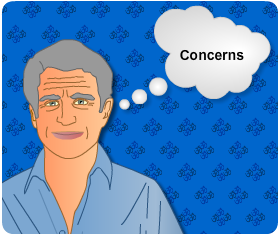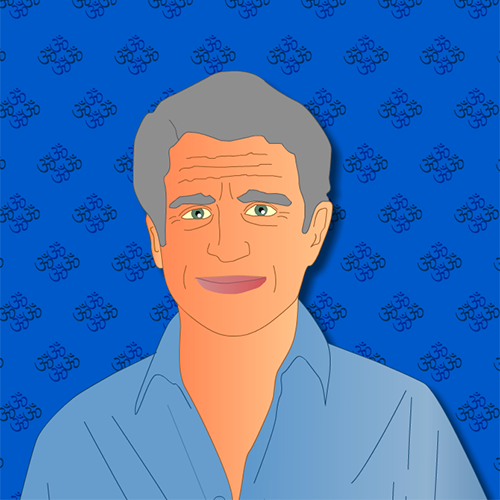Cochrane Library Systematic Reviews:
Langhorne P, Wu O, Rodgers H, Ashburn A, Bernhardt J. (2017). A Very Early Rehabilitation Trial after stroke (AVERT): a Phase III, multicentre, randomised controlled trial. Health Technology Assessment, 21(54):1-120.doi: 10.3310/hta21540.
Langhorne P, Collier JM, Bate PJ, Thuy MNT, Bernhardt J. Very early versus delayed mobilisation after stroke. Cochrane Database of Systematic Reviews 2018, Issue 10. Art. No.:CD006187. DOI: 10.1002/14651858.CD006187.pub3.
Langhorne P, Ramachandra S. Organised inpatient (stroke unit) care for stroke: network meta‐analysis. Cochrane Database of Systematic Reviews 2020, Issue 4. Art. No.: CD000197. DOI: 10.1002/14651858.CD000197.pub4.
Legg LA, Lewis SR, Schofield‐Robinson OJ, Drummond A, Langhorne P. Occupational therapy for adults with problems in activities of daily living after stroke. Cochrane Database of Systematic Reviews 2017, Issue 7. Art. No.: CD003585. DOI: 10.1002/14651858.CD003585.pub3.
Mehrholz J, Thomas S, Elsner B. Treadmill training and body weight support for walking after stroke. Cochrane Database of Systematic Reviews 2017, Issue 8. Art. No.: CD002840. DOI: 10.1002/14651858.CD002840.pub4.
Pollock A, Baer G, Pomeroy VM, Langhorne P. Physiotherapy treatment approaches for the recovery of postural control and lower limb function following stroke. Cochrane Database of Systematic Reviews 2007, Issue 1. Art. No.: CD001920. DOI: 10.1002/14651858.CD001920.pub2.
States RA, Pappas E, Salem Y. Overground physical therapy gait training for chronic stroke patients with mobility deficits. Cochrane Database of Systematic Reviews 2009, Issue 3. Art. No.: CD006075. DOI: 10.1002/14651858.CD006075.pub2.







